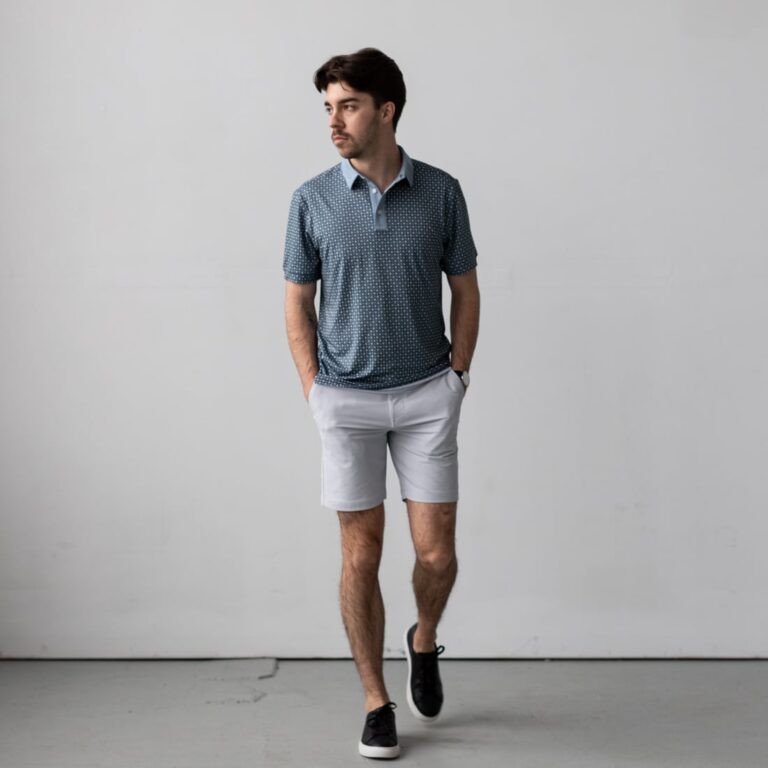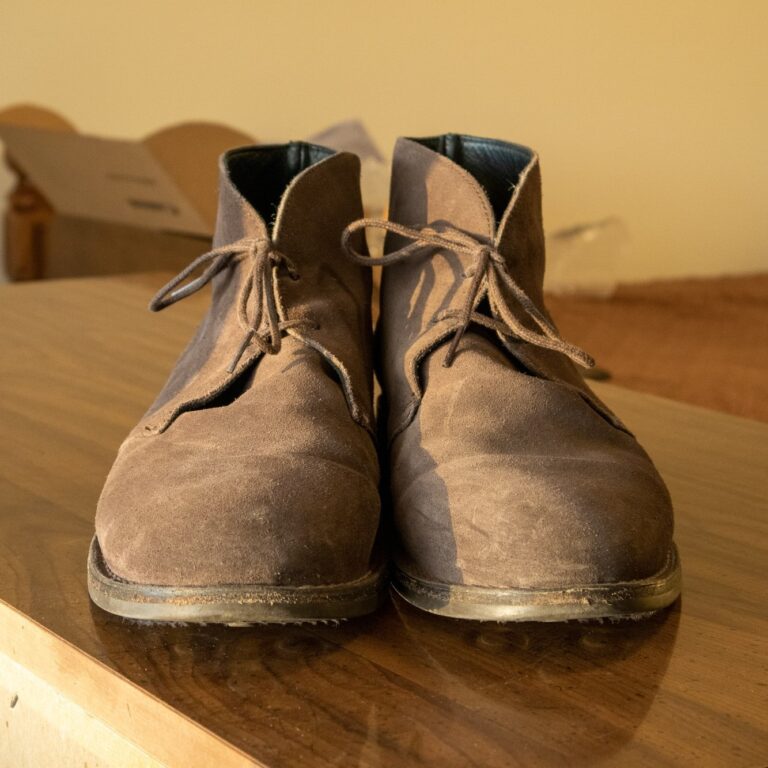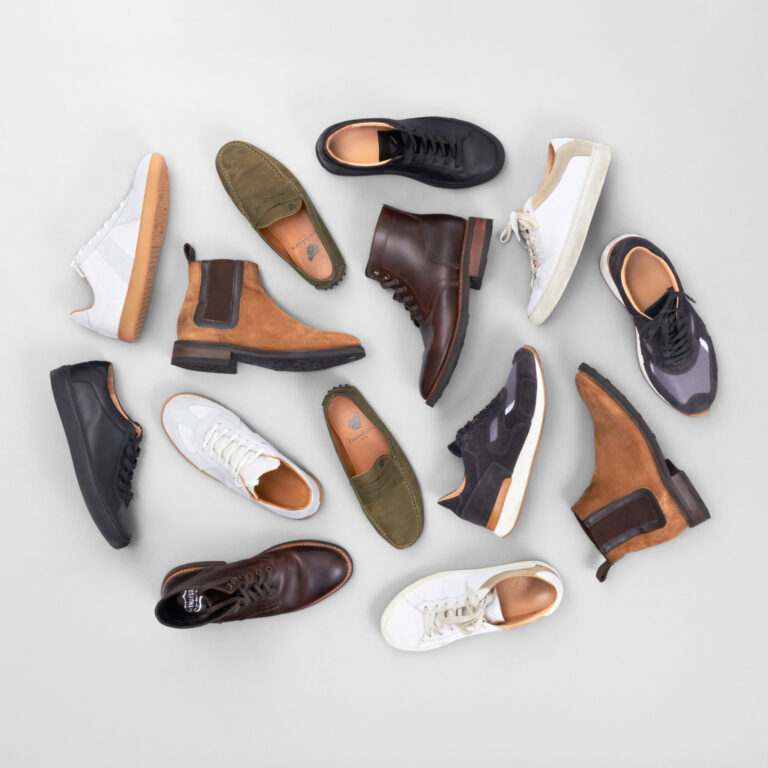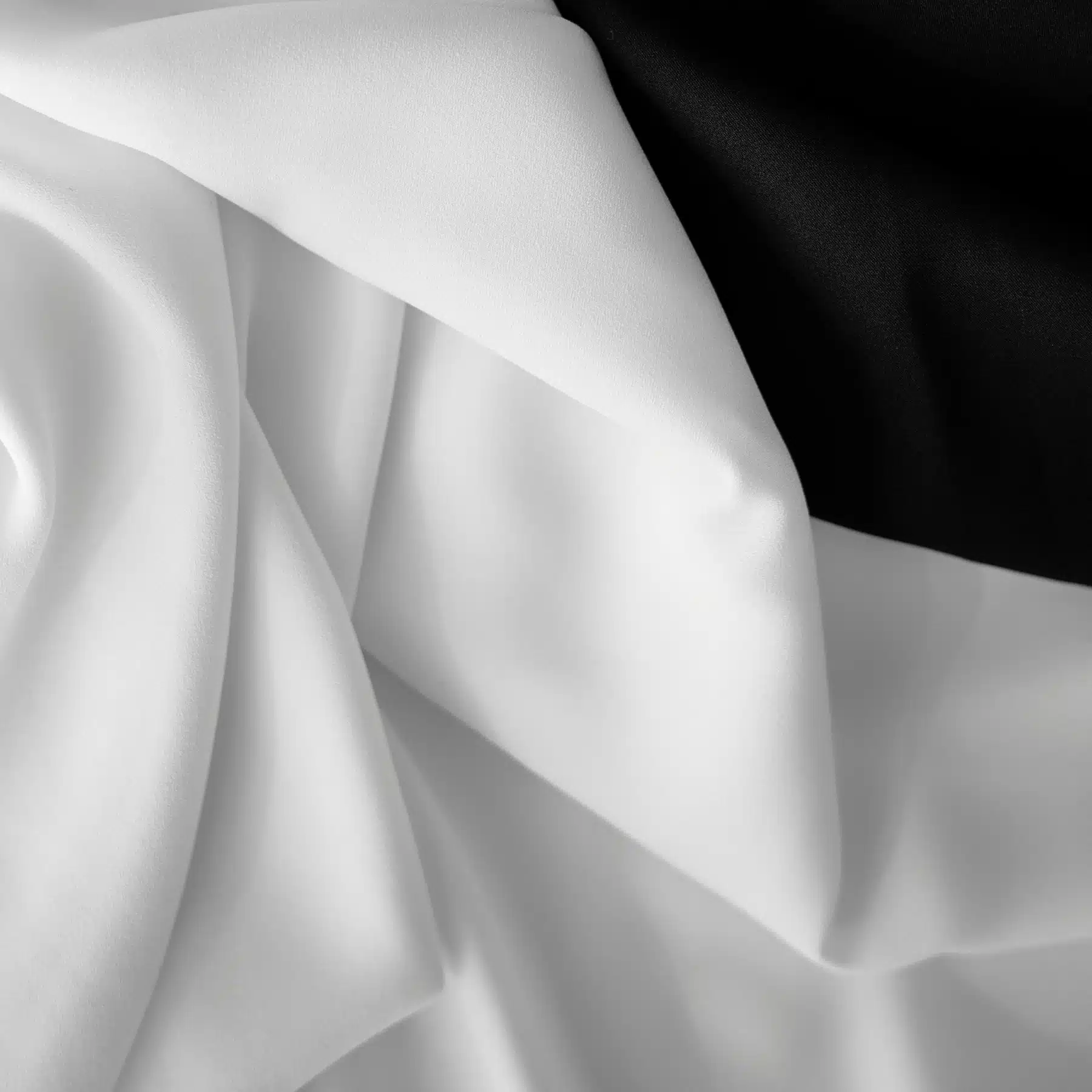
Master this tricky season by choosing the right fabrics.
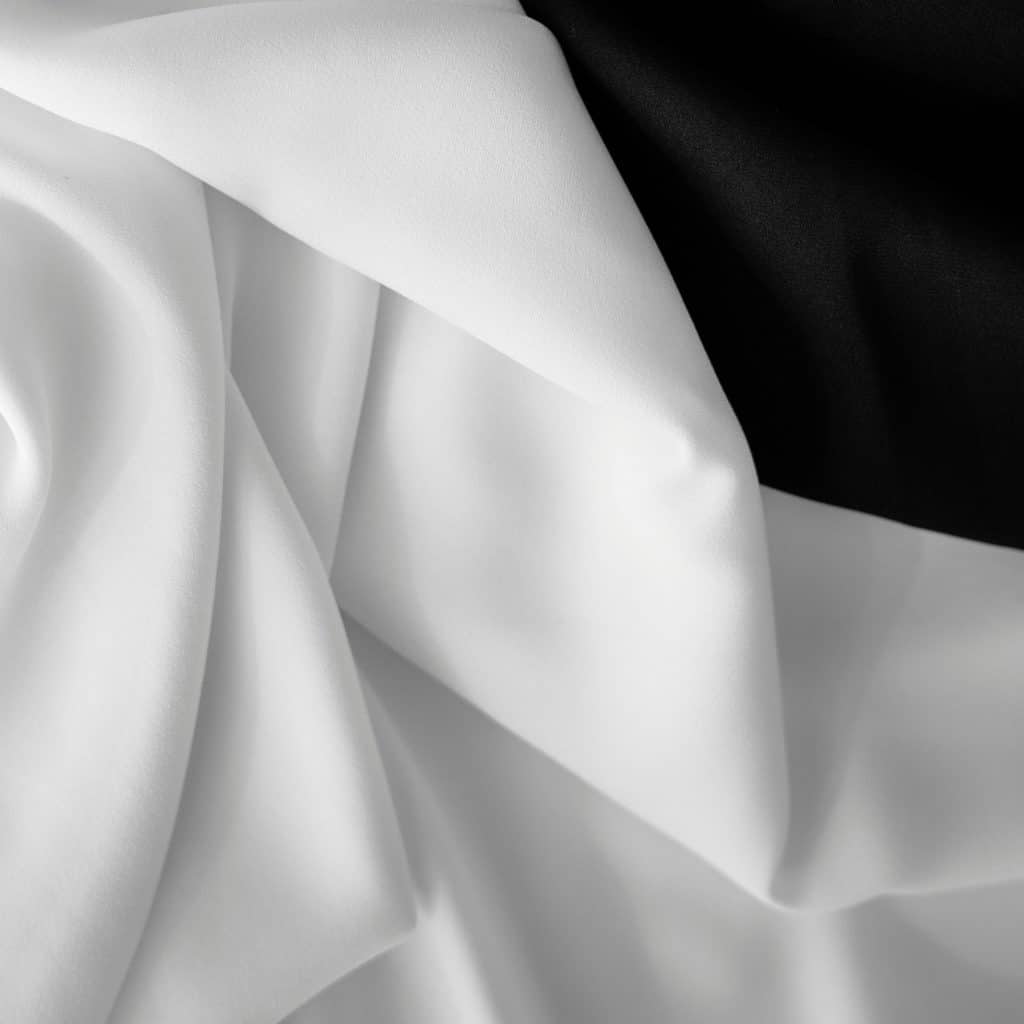
Spring can be a tough season to dress for, though it depends on where you live. It’s known for being warm and breezy at the same time, but it can also get extremely hot or cold.
To avoid being uncomfortable, it’s important to choose the right fabrics. Even if you already pay attention to the fabrics your clothes are made from, you might still struggle with spring.
Spring requires a slightly different approach to fabric than other seasons. In summer, you can easily rely on lightweight linens and cottons; in winter, thicker fabrics will serve you well. But in spring, you often have to be more flexible so you don’t get too chilly — or overheat.
So what are the best fabrics for spring, and what should you be looking for? Let’s take a look. Here’s a breakdown of what to look for in a spring fabric and our picks for the best spring fabrics.
Fabrics 101
When you’re picking out spring fabrics, you should be looking closely at the different elements of the fabric. This helps you separate more breathable fabrics from less breathable ones.
The three major things you’ll want to pay attention to are weave, weight, and drape.
A fabric’s weave is simply how it’s woven. A looser weave is best for spring since the space will allow for more air to pass through. Generally, you’ll want to look for plain weaves over twill weaves,
Fabric weight is also crucial to pay attention to. For the most breathability, look for fabrics that are 6 oz. or lighter. For a fabric that’s breathable but not too airy, aim for the 6 oz. to 12 oz. range. Anything over 12 oz. is considered heavyweight.
Finally, there’s drape, which is how a fabric falls and lays on your body. If you’re after maximum breathability, choose a fabric that doesn’t cling to your frame too closely. There are some exceptions here — for instance, base layers — but it’s a good rule of thumb to go by.
Of course, you’ll want to look at size and fit as well. But when it comes down to the fabric level, these three components are crucial.
What Makes a Good Spring Fabric?
First, it’s important to note that there’s no one ultimate spring fabric. There are fabrics that are better for certain weather, but since spring can be hot or cold, it’s trickier.
When you’re constructing spring outfits, keep in mind that you may have to add or remove layers if the weather changes.
All of that said, there are some qualities that tend to be true for most spring-optimized fabrics.
First, as mentioned previously, breathability is important. You don’t have to go with paper-thin fabrics, but you don’t want to go with extra-thick fabrics either. Try to achieve a happy medium (maybe leaning a little toward the thinner side of things).
Weight is also important and goes hand in hand with breathability. Opt for lightweight fabric with a looser weave. However, even if a fabric is only lightweight or only loosely woven, it’ll probably be good for spring.
Moisture wicking is another element to consider. This is the ability of a fabric to pull moisture away from the skin. It’s helpful for spring fabrics to have moisture-wicking properties to keep you dry and comfortable.
The Best Fabrics for Spring
Here are our picks for the best spring fabrics for men.
Cotton
Cotton is the go-to choice for men’s spring outfits. Besides being the most ubiquitous fabric, cotton is also particularly versatile and can adapt to changing weather.
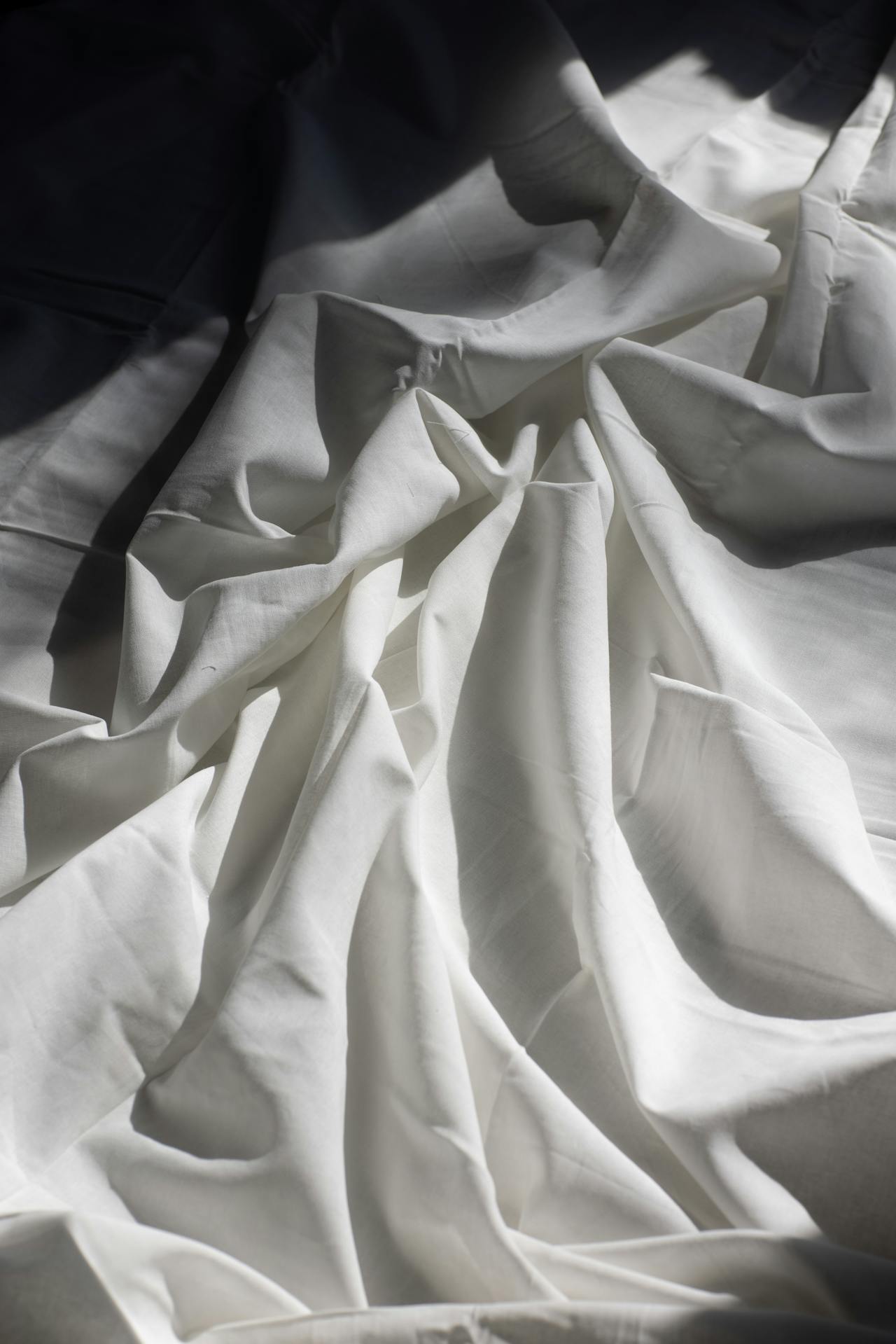
Cotton fabric is fairly breathable and often soft, so it makes for a good spring fabric. It’s also available in a wide variety of types and weights, so it’s easy to find a cotton that works for spring.
Most garments are available in cotton, and the majority of what you have in your closet is likely cotton. You don’t have to go far to look for it, which makes it an especially convenient spring fabric choice.
When it comes to cotton, try to avoid weaves that are too tight or fabrics that are too heavy. However, it’s likely that most cotton garments will be good for spring unless you wear five of them at once.
Linen
Although typically known as being a summer fabric, linen is also a great choice for spring.
Linen has an open weave and a nice lightweight that makes it good for transitional weather. What’s more, you can layer linen easily without overheating.

One of the biggest misconceptions about linen is that it’s just for hot weather. This is true for especially lightweight linen, but like all fabrics, linen comes in different weights. Midweight and heavyweight linens are ideal for balancing breathability and versatility.
Of course, the lighter the linen is, the more it will wrinkle. (All linen wrinkles, but the creasing shows up more on lighter-weight linens.) It’s fine to embrace this look in all but the most upscale of settings. And if it’s not your thing, you can always regularly steam your linen clothing.
Chambray
Chambray is often referred to as denim, but this isn’t accurate. The two fabrics are related, but they’re not the same.
In short, chambray uses a plain weave whereas denim uses a twill weave. While both come in all weights, it’s more common to see lightweight to midweight chambrays and midweight to heavyweight denims.
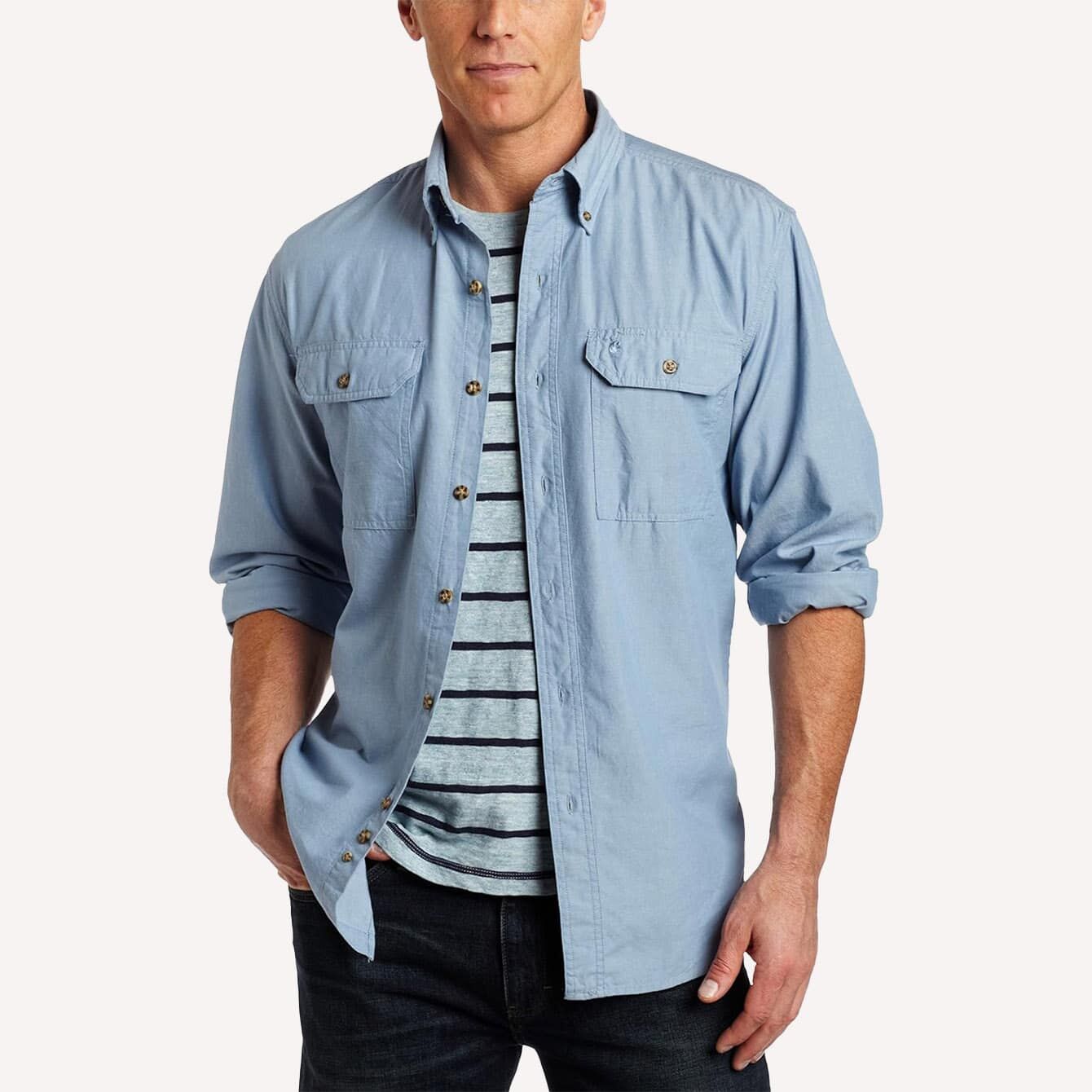
Because chambray uses a plain weave, it’s fairly versatile and breathable, making it good for spring. Chambray is typically a lighter blue, which is a good spring color for men.
All of these characteristics make chambray one of the more noteworthy fabrics for spring. It probably isn’t a fabric you’ll wear every day, but it’s good to have at least one chambray shirt.
Seersucker
Seersucker is an interesting fabric. It’s often associated with summer suiting and southern styles, but it’s used for all kinds of garments.
Seersucker is most famous for its distinctive dappled texture. This texture is the result of the weave, which bunches threads together and results in the fabric’s puckered appearance. The texture causes the fabric to hang instead of cling, and that’s made it a go-to warm weather fabric.

Like linen, seersucker is more versatile than what you might think at first. For example, even though seersucker is commonly striped, it’s not always striped. It can also be found in many types of men’s shirts.
It does have some downsides, however. One downside is that it’s not an especially common fabric. It’s also not a fabric that you’ll want to have too much of since it’s so unique.
When paired with other fabrics, though, seersucker is a one-of-a-kind addition to a spring men’s wardrobe. It’s at least worth checking out if you’ve never considered it before.
Tropical Wool
Most varieties of wool are thick, warm, and insulating. However, tropical wool is a form of wool that’s specifically designed for hotter temperatures.
Tropical wool is much lighter and more breathable than the thicker types of wool. It’s most commonly found in suits, so if you’re looking for a spring suit, you might consider tropical wool.
However, tropical wool isn’t all that common in shirts, pants, and shorts. It’s possible to find garments made from tropical wool, but you might have to dig a bit. This also means that there are fewer styles to choose from.
In addition, wool isn’t exactly the most sustainable or ethical fabric, so that might factor into your decision. Recycled tropical wool seems to be fairly rare, which is another downside of the fabric for some.
Best Fabrics for Spring FAQ
Interested in a few quick answers about spring fabrics? Then, well, you’re in luck, because that’s exactly what we have in this section. Here you go:
What is the best fabric to wear in spring?
There is no one best fabric to wear in spring. In our list above, we outlined cotton, linen, chambray, seersucker, and tropical wool as the best fabrics for spring.
What are the fabric trends for spring 2024?
There are no specific fabric trends in spring 2024. The fabrics people are wearing now are the same fabrics you’d wear during any other spring. Check our list above for the full selection of the best fabrics for spring!
Questions? Comments? Leave them below!

